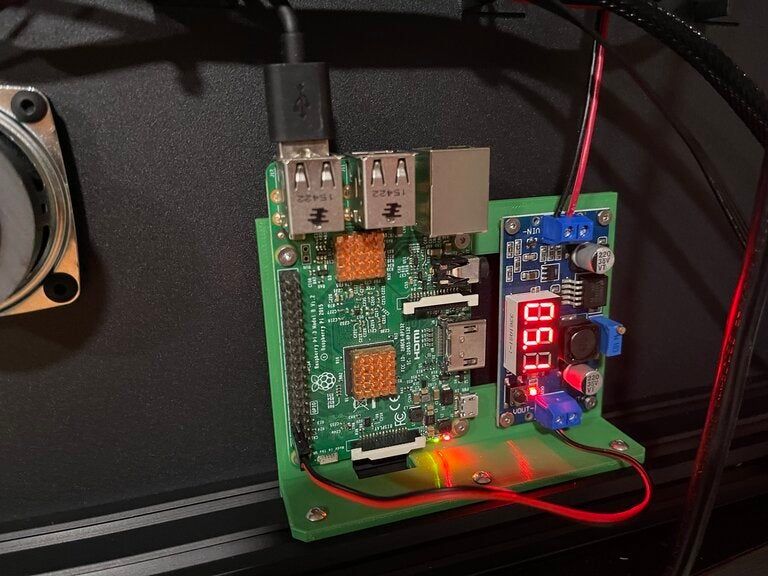

- Echolink ham radio raspberry pi android#
- Echolink ham radio raspberry pi Pc#
- Echolink ham radio raspberry pi download#
- Echolink ham radio raspberry pi free#
The sound problem on the link has now hopefully sorted, I have replaced the PC with a new one. Everything else stayes the same IE the CTCSS is still 110.9 Today I have needed to move the frequency of MB7ICL to 145.2875 This move comes from Ofcom. The bottom GM300 radio is for the MB6CL UHF Gateway. The top radio is a Motorola GM300 VHF with the Echolink interface on top. Programming and interface details of the Motorola GM300 HERE
Echolink ham radio raspberry pi free#
This will free up the Yaesu 7800 that was in use on the link for the new GB6CL 70cms D Star node as soon as I get the NOV.

Today I have installed a new radio on the link, its a Motorola GM300. It turned out to be a small PSU that powers the D-Star interface.

The link has had a hum on TX for a few weeks now and at long last I have found the problem. Today I replaced the PC the link runs on, This should have better audio now as I have also installed a external good sound card "SignalLink USB" If you find any problems please advise me. This is to give all the other links time to reset. Important you "MUST" leave 4 second gaps between overs.
If everything is working as expected and you want to run svxlink as a service, follow the steps here. The link to auto start the server has been vanished, so the best to do an autostart of the svxlink is by running the following command (if the /etc/init.d/svxlink is not present, copy the script over from the source under distribution/debian/etc/init.MB7ICL is now on a 24/7 connection to the Ireland Server. You may need to configure your router to allow echolink to work, use port forwarding and forward the UDP port 5198-5199 and TCP port 5200 to your RasPi IP address. Echolink ham radio raspberry pi android#
Try to use your PC or android client to connect to your node and see if it is working.
Your node should appear in the echolink now. You should be done with the configuration, you may run the svxlink now to test it out. If the slider has MM underneath them, it means that they're muted, press 'M' to unmute. $ sudo alsamixer (use the up/arrow to tune the volume, right/left to move between speaker and mic sliders). To tune the mic/speaker, use alsamixer:. $ sudo nano /etc/svxlink/nf (edit the callsign), if you're using echolink interface that uses VOX, just leave the others as is. $ sudo nano /etc/svxlink/svxlink.d/nf (edit the callsign - use sysop -L callsign, password, sysop, location and description). Edit the following config files for svxlink (command):. Choose the first option to expand rootfs. If you've bigger SD card then the 4GB image, you may want to use fullest capacity of the SD card, run the raspi-config command as sudo:. Use SSH connection, logon to the RasPi using the default username/password which should be: pi/raspberry. To find the IP address of your RasPi, just go to your router status and look for the hostname raspberrypi. Boot up the RasPi, if you do not have an HDMI monitor, you may want to access the RasPi from your terminal emulator (putty or the like), connect the RasPi to your router via CAT5 cable. Unzip the file and copy it to your SD card using the following instructions that can be found here. Echolink ham radio raspberry pi download#
Download the following prepared image from google drive, it is based on raspbian- image and has pre-installed svxlink-14.08.







 0 kommentar(er)
0 kommentar(er)
